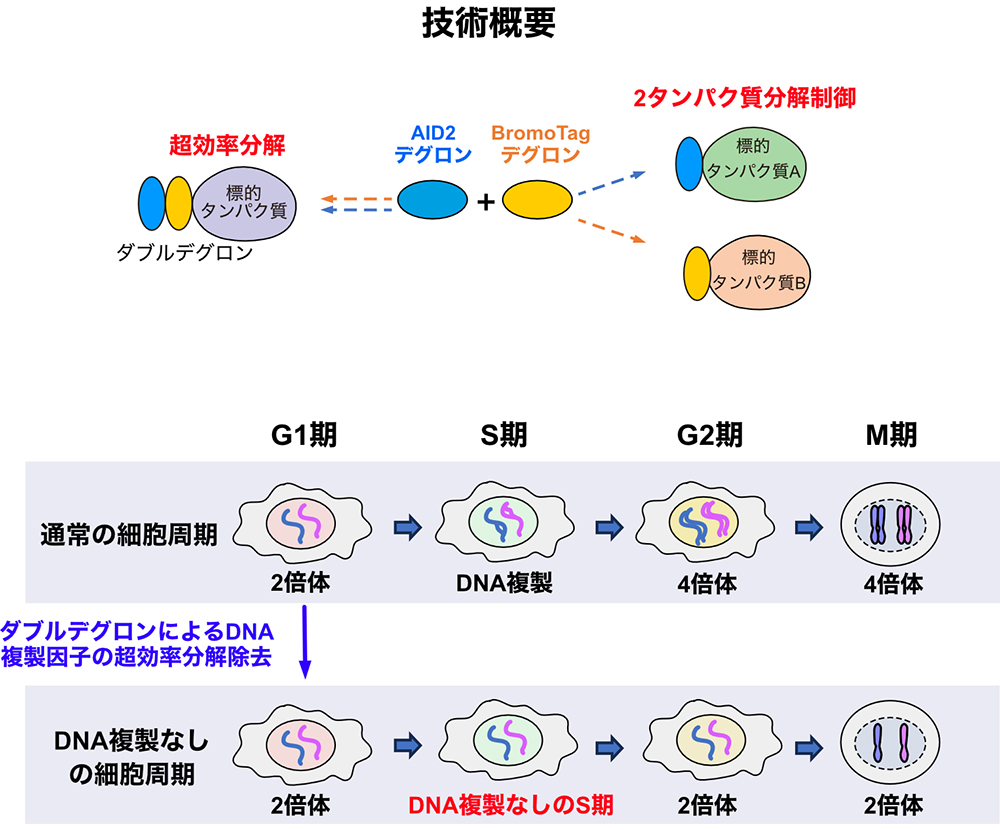2024-08-22 カリフォルニア大学サンディエゴ校(UCSD)
<関連情報>
- https://today.ucsd.edu/story/autism-spectrum-disorders-linked-to-neurotransmitter-switching-in-the-brain
- https://www.pnas.org/doi/10.1073/pnas.2406928121
胎生期の環境要因への曝露が、新生児期のマウス大脳皮質における神経伝達物質のスイッチングを促進し、自閉症に似た成体行動を引き起こす Embryonic exposure to environmental factors drives transmitter switching in the neonatal mouse cortex causing autistic-like adult behavior
Swetha K. Godavarthi, Hui-quan Li, Marta Pratelli, and Nicholas C. Spitzer
Proceedings of the National Academy of Sciences Published:August 23, 2024
DOI:https://doi.org/10.1073/pnas.2406928121

Significance
What is the mechanism by which different environmental agents induce a brief GABA-to-glutamate neurotransmitter switch in the neonatal brain, leading to autistic-like behavior in adult mice? GABA and glutamate are typically inhibitory and excitatory neurotransmitters, respectively. Switching their normal expression early in the assembly of the nervous system is expected to alter action potential frequencies that regulate activity-dependent components of neuronal development, including brain wiring. GABA is also a trophic factor and its disappearance is likely to affect further aspects of development. Several genetic mutations that cause autism spectrum disorder exhibit similar early imbalance in expression of these excitatory and inhibitory transmitters, suggesting that transmitter switching may be common to both environmental and genetic forms of this affliction.
Abstract
Autism spectrum disorders (ASD) can be caused by environmental factors. These factors act early in the development of the nervous system and induce stereotyped repetitive behaviors and diminished social interactions, among other outcomes. Little is known about how these behaviors are produced. In pregnant women, delivery of valproic acid (VPA) (to control seizure activity or stabilize mood) or immune activation by a virus increases the incidence of ASD in offspring. We found that either VPA or Poly Inosine:Cytosine (which mimics a viral infection), administered at mouse embryonic day 12.5, induced a neurotransmitter switch from GABA to glutamate in PV- and CCK-expressing interneurons in the medial prefrontal cortex by postnatal day 10. The switch was present for only a brief period during early postnatal development, observed in male and female mice at postnatal day 21 and reversed in both males and females by postnatal day 30. At postnatal day 90, male mice exhibited stereotyped repetitive behaviors and diminished social interaction while female mice exhibited only stereotyped repetitive behavior. Transfecting GAD1 in PV- and CCK-expressing interneurons at postnatal day 10, to reintroduce GABA expression, overrode the switch and prevented expression of autistic-like behavior. These findings point to an important role of neurotransmitter switching in mediating the environmental causes of autism.


